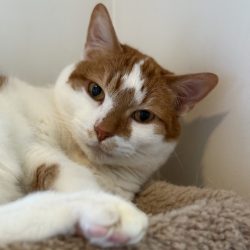Because Zoe’s doesn’t have a main location to house animals, we rely on our lovely volunteer foster families to take in the animals we rescue.
While you may think the hardest part of fostering is providing 24/7 care to sick or injured animals, or maybe the countless hours we spend cleaning litter boxes and picking up messes, I think the hardest part are the bittersweet airport goodbyes.
A few months ago, one of our fosters, Kristy Rhyason said “goodbye to George Catstanza and boy, was this was a tough one.”
George is seen above. He was adopted in late December 2014.
“All my foster animals touch my heart but some sink their paws in deep. People always ask how I can handle giving up foster pets and it definitely is tough. Saying goodbye is a weird emotion of joy, excitement, and sadness. You have to be ok knowing that you’re going to love them and that it’s going to hurt when they leave. You know you saved an animal and you know you added to a family; its about animals AND humans. It’s so hard but so worth it.”
When it comes down to it, we continue to foster because we continue to love.
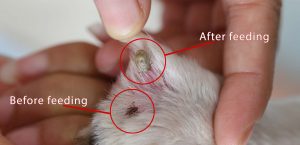
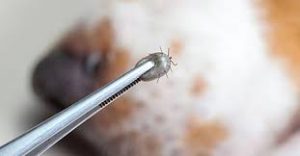


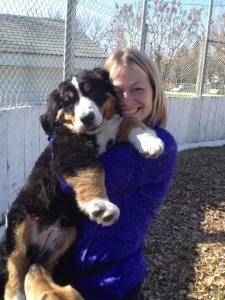
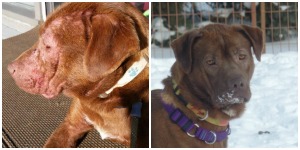


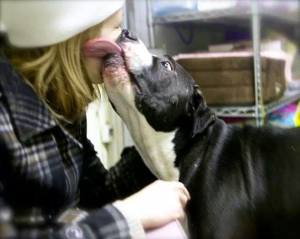
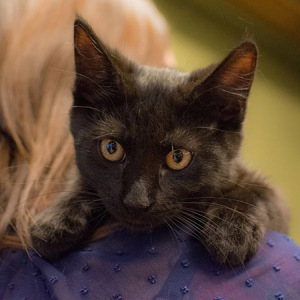
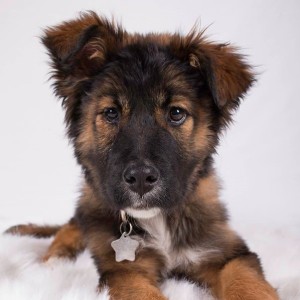


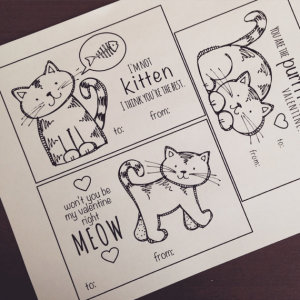
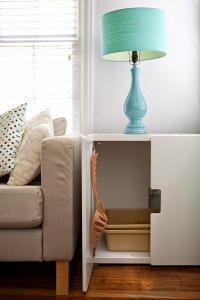
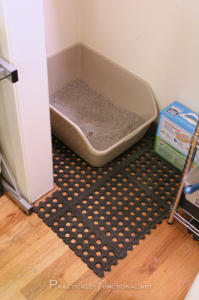
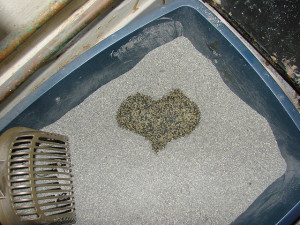
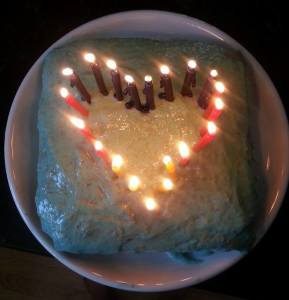 Zoe’s Animal Rescue Bakery will be doing a special Valentine’s Day promotion!
Zoe’s Animal Rescue Bakery will be doing a special Valentine’s Day promotion!


